My colleagues and I debated whether I should do this post or not, whether any photos should be taken while visiting Ntarama Church in Rwanda, whether it was respectful toward the thousands of Rwandans killed at the church, and if it was okay, how to do the post. Ultimately, a few photos were taken outside the church after the guide told us we could and should and mentioned several times to please tell everyone we know about what we witnessed.
I decided to do the post. After visiting several sites from the genocide and the memorial in Kigali, the comments by everyone we met to please tell everyone what we saw so it would not be forgotten kept ringing in my mind.
I'm not confident it is the right decision; I am not confident it is the wrong decision. I hope the few photographs are as respectful as they are intended to be. In that light, please know this is not an easy post and I do it with the utmost respect toward this final resting place for so many people and with the intention of reminding the world of how much we have to learn for our future to be better.
For background on the Rwandan genocide. For background on Ntarama Church.
Rwanda is a country still healing, please pray for it to continue to heal.
In April of 1994, Rwanda experienced horrific violence, unimaginable and unfathomable, in a genocidal mass slaughter of Tutsis by the Hutus. It lasted 100 days. Between half a million and a million people were murdered, often by their life long neighbors, often in a very personal death with the killers using machetes. Thousands of women were raped. Thousands were tortured. The international world largely ignored it or avoided calling it a genocide to avoid having to intervene.
The genocide began immediately after the plane carrying the president, Juvenal Habyarimana, was shot down on 6 April 1994, killing everyone on board. Killing of Tutsis began immediately. The difference between a Tutsi and a Hutu was an economic distinction--Tutsis had cattle; if a Hutu obtained cattle, they became a Tutsi. Colonizers made the distinction ethnic and arbitrary, insisting each group had specific physical characteristics. The classifications were sometimes so arbitrary that siblings in the same family would be classified differently.
This is Ntarama Church, a Catholic church where thousands of Tutsis took refuge, beginning 7 April, the day after the president was killed, believing they would be safe in a House of God. Some say that Tutsis were encouraged to seek refuge at churches.
Five thousand people took refuge in the church within a week.
Five thousand people. It's so hard to comprehend.
On 15 April, Hutu paramilitary individuals began slaughtering every person they could find at the church with machetes. They locked people inside the church, then threw in grenades, using hammers to break down doors and walls afterward, then machetes against those who survived.
There are several thousand people from the surrounding areas whose final resting place, along with the five thousand killed at the church, in the church, coffins lining the pews and skulls and bones lining the walls.
It is impossible to walk through the church, to see the rosaries hanging where they fell, to see the clothes the people wore while being attacked, to see the space, and not cry.
I cried for those killed, for those who had became so depraved that they killed, for those trying to live with the memories. Your heart should weep that anything like this was thought to be okay by anyone.
A rosary hanging from one of the windows. The damage on the left is from a grenade.
The church.
Women protected the children in a small building behind the church where Sunday school lessons used to be given. The women were massacred and there are still traces, too horrific to describe, of how all the children were killed.
The clothes worn the day of the massacre. They line the church's roof as well.
The experience of visiting the church is very raw, very powerful, and to quote the guide, 'necessary not to forget, necessary not to repeat, necessary to try to heal.'
The grave of a woman, Umuraza Pelagie, killed during the attack on the church. Her husband survived and returned to build this grave as his testimony to her.
The church is lined with the personal belongings of those who sought refuge.
To end with a quote from the Kigali Genocide Memorial:
When they said 'never again' after the Holocaust,
was it meant for some people and not for others?
- Apollon Kabahizi
I pray there will never be another in the world's future.

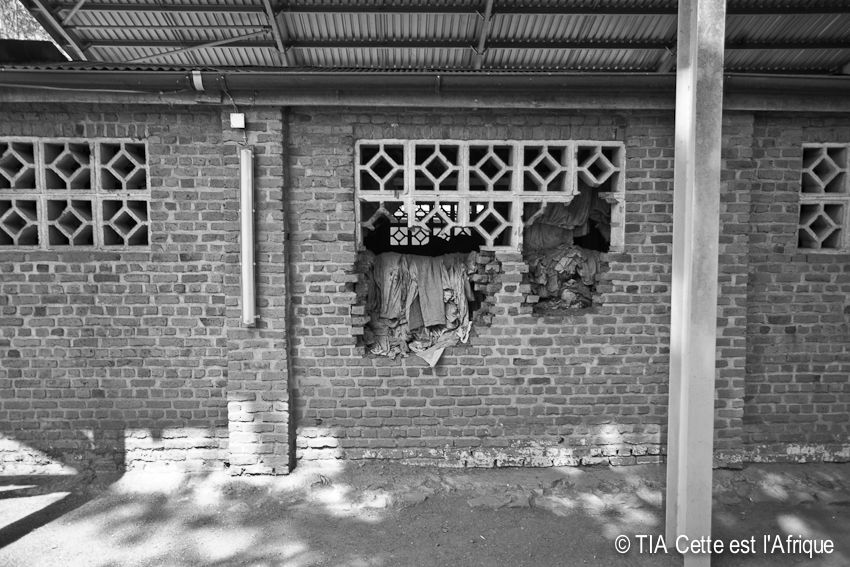

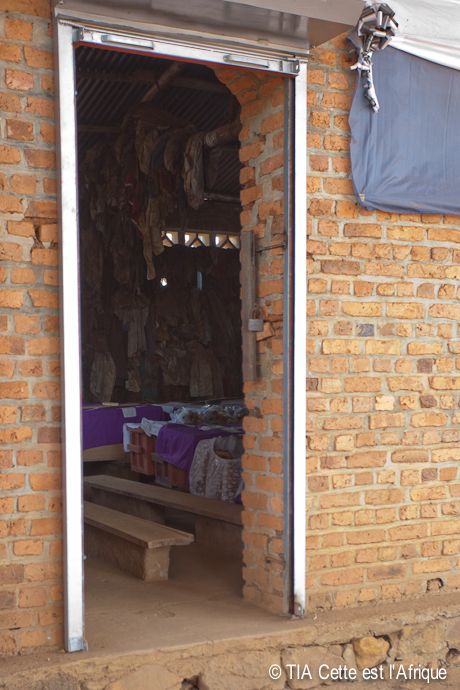
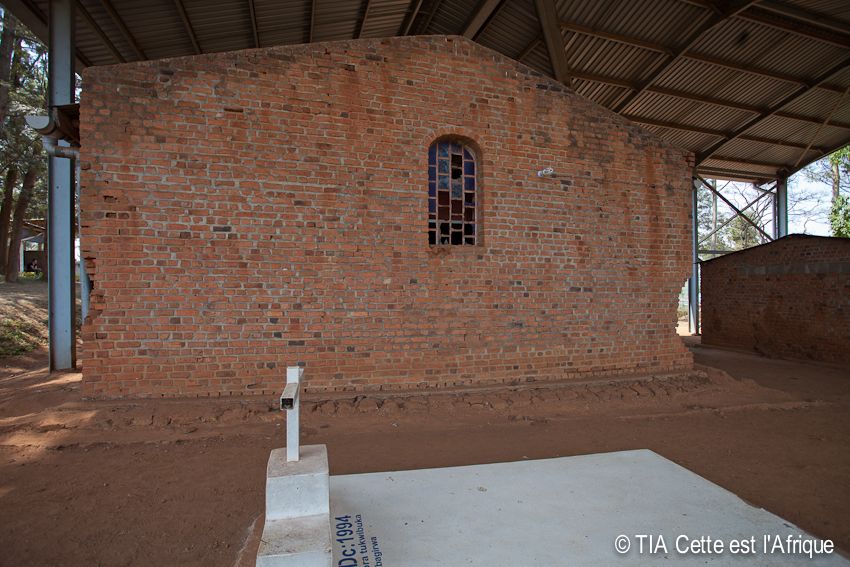
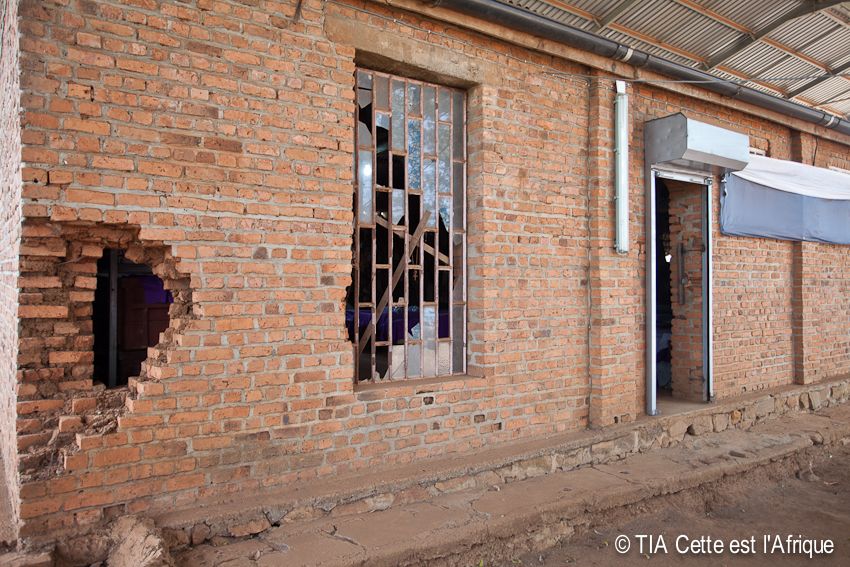

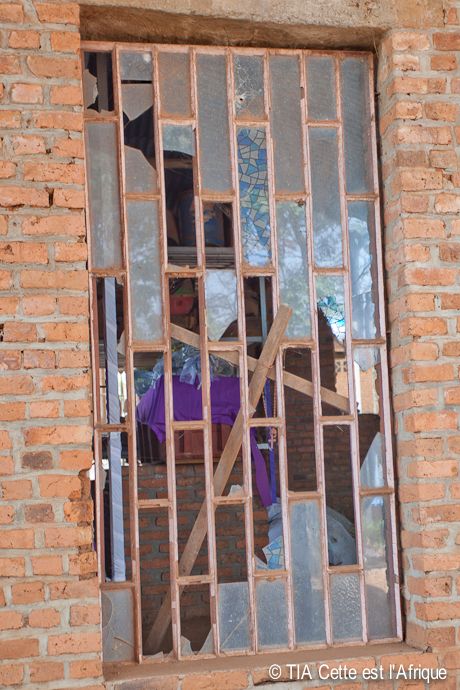
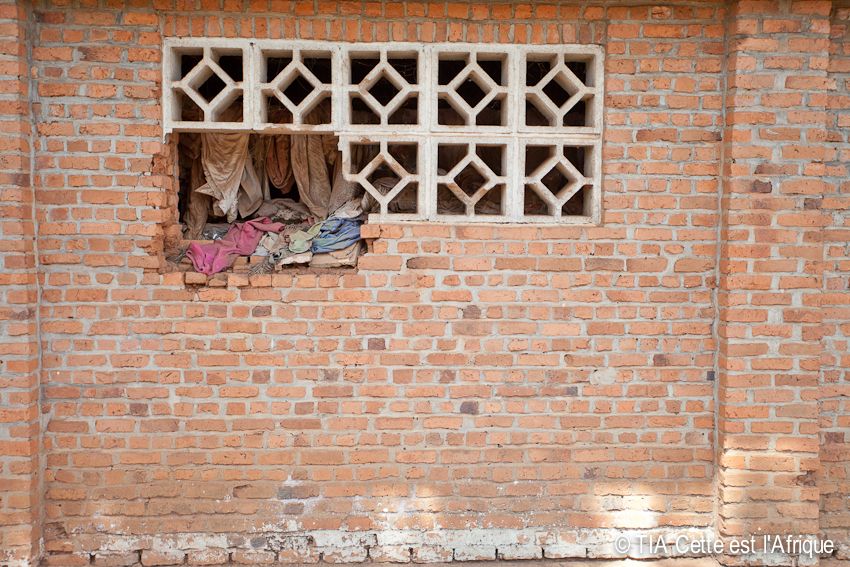
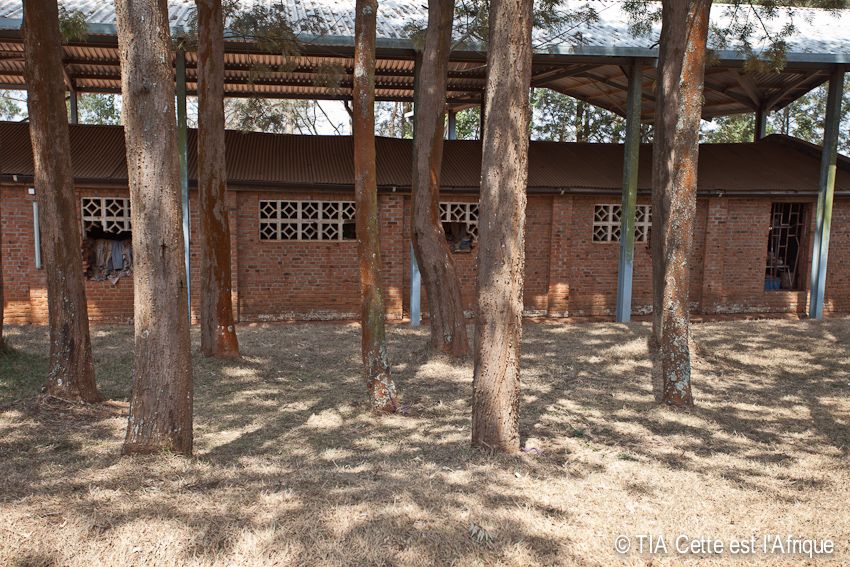
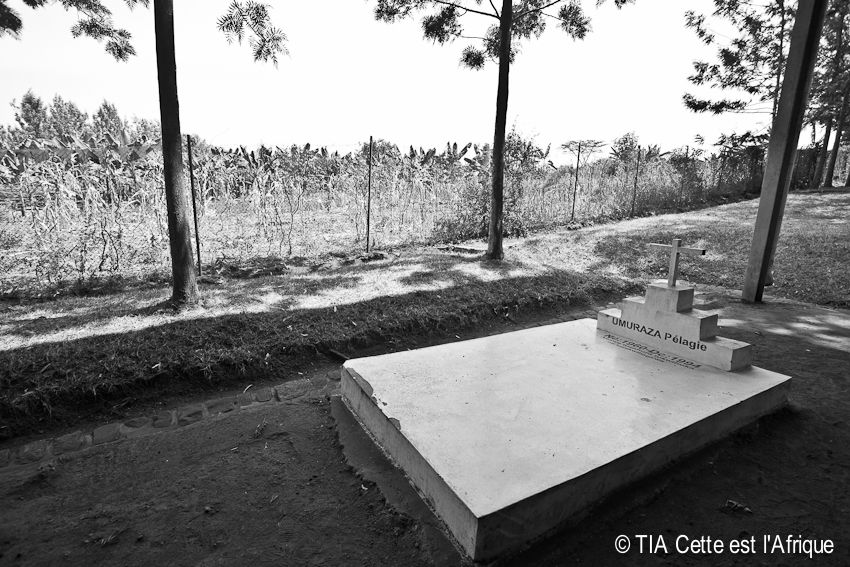
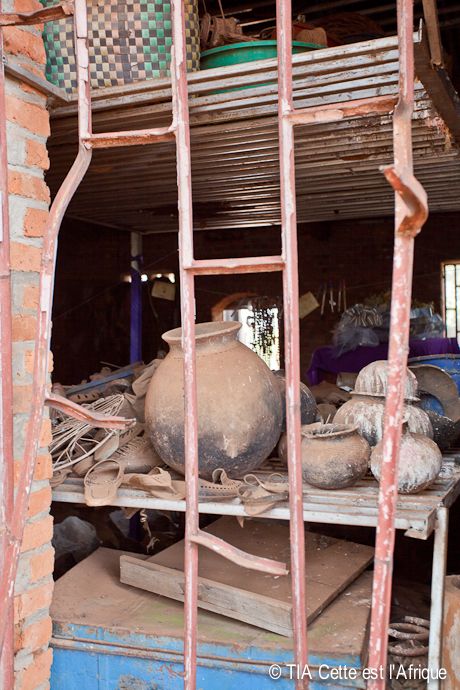
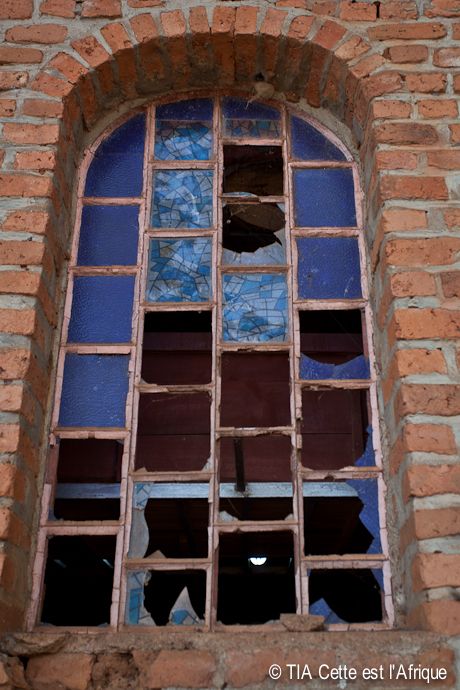
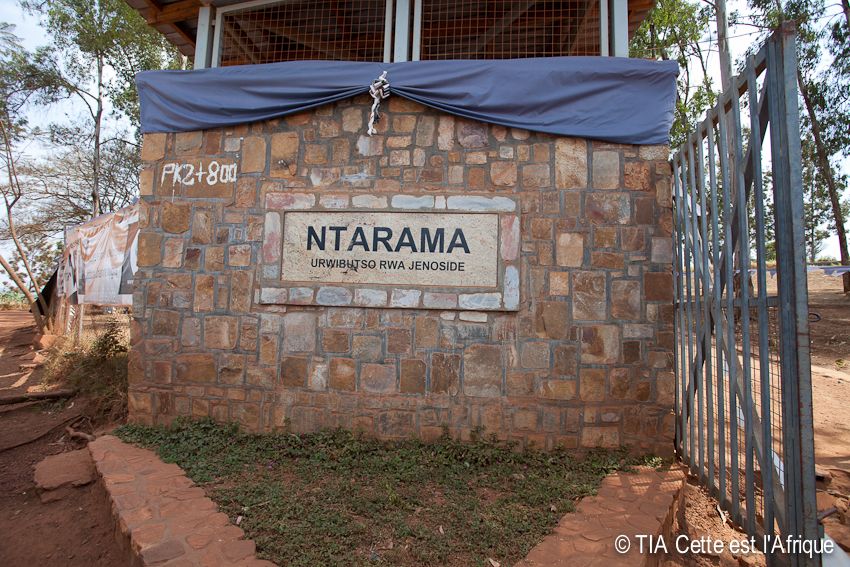

I also recently visited Kigali and visited the various memorials but not this one. I saw Nyamata and the main one in Kigali. Thank you for posting this, it's really important to keep telling the survivors' stories. If you're interested, after visiting Kigali, I read "Shake Hands with the Devil" by General Dallaire, and also "People Betrayed" which helped me to understand the history of the whole situation as I really was pretty ignorant of it all before I visited.
ReplyDeleteVery powerful. My whole body hurt for those that suffered and continue to suffer.
ReplyDelete